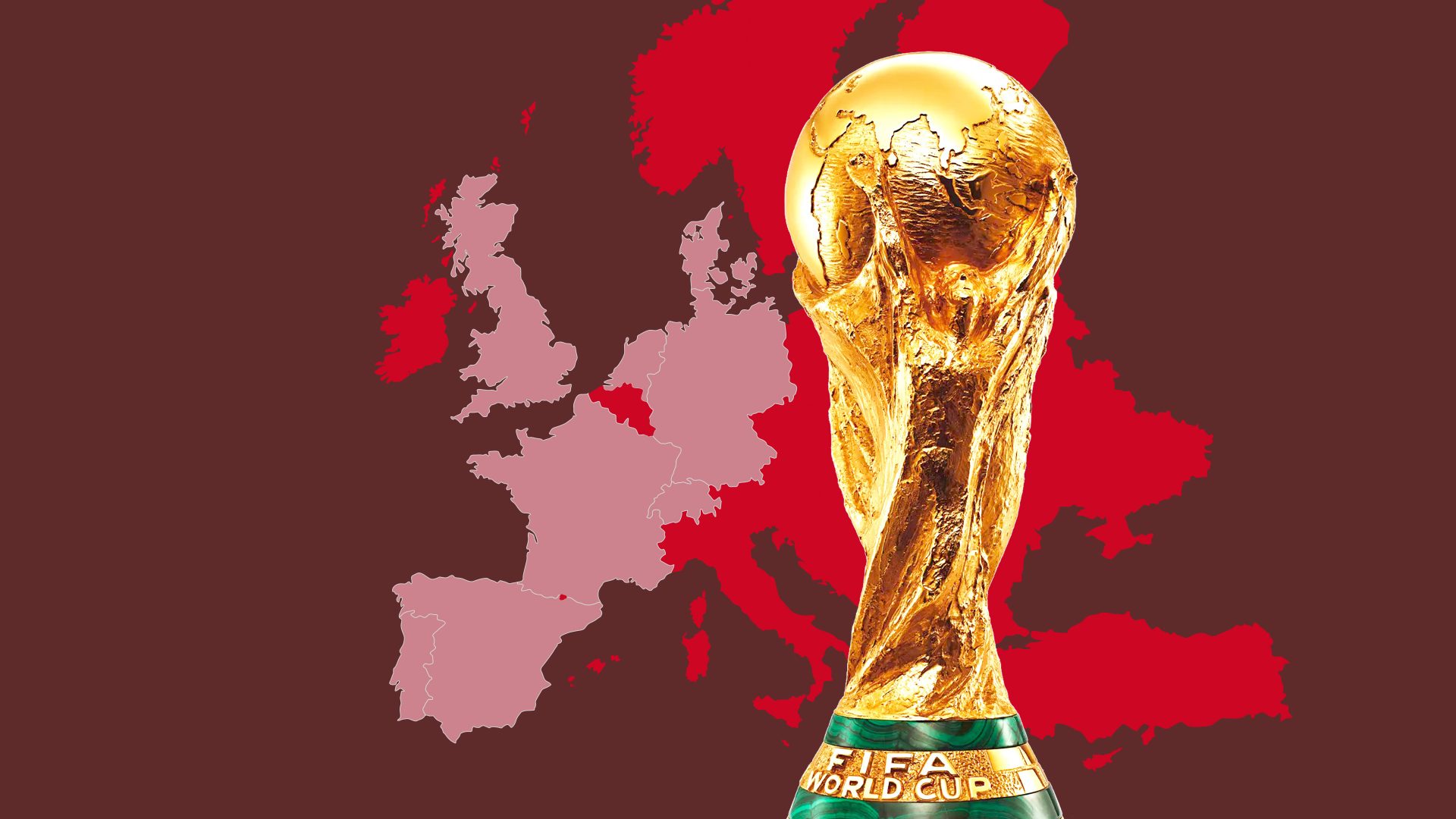When Jeremy Hunt launches a new round of austerity this week, it will be done – ostensibly – to fill the “fiscal black hole”. This image, which I always visualise as a 30ft-wide chasm in the road outside the Treasury, is one of many being used to persuade us to cut public services.
Another is the “maxed-out credit card”. We’ve all done that at some point, so we can all visualise the idea of the government simply running out of spending power, like a profligate family in the post-Christmas gloom.
Both metaphors rely on the assumption that, just like a household, governments have to “balance the books”, limit their borrowing and make hard cutbacks on what they spend in times of scarcity.
But the assumption is wrong. A country is, in fact, like a household with a printer in the basement that can spit out £50 notes. Any country with a central bank cannot go bust in its own currency. A country, furthermore, is not only reliant on money coming in through the door: unlike a family, it can create wealth internally – in fact, that is mainly how its economy grows.
So the dynamics of lending to a family and to a country are entirely different. And as austerity approaches, there are signs that, at last, the ideology behind the “maxed-out credit card” and the “fiscal black hole” is being challenged – both in the media and the economics profession.
Economists Rob Calvert Jump and Jo Michell have produced research showing that the fiscal black hole whose existence is the rationale for spending cuts is a “dangerous fiction”. It exists only because successive governments have adopted arbitrary fiscal rules – setting deadlines by which the debt and deficit have to be shrinking, supposedly in order to maintain credibility.
Because Liz Truss and Kwasi Kwarteng torched the credibility of the UK government, there is certainly an argument for setting clear rules. But, say the two economists, there are serious questions about whether the rules set by Rishi Sunak are the right ones, and over whether spending cuts are the way to stick to them.
Sunak’s rule, set in January when he was chancellor, says that debt has to be falling as a percentage of GDP three years after the budget is set. That means the primary deficit – the difference between spending and the tax take – has to be zero.
If Sunak and Hunt reimpose that rule this week, they will use modelling by the Office for Budget Responsibility (OBR) to show that spending cuts and tax rises are mandatory.
But, say the economists, there are two problems. The first is how you measure debt to GDP. If you adopt the old measure of debt – which includes the debts of the Bank of England – our country’s debt would certainly fall between 2024 and 2026, when the Bank is due to get back £147bn it lent to banks during the 2016 Brexit crisis.
There might be good reasons for adopting a tighter definition of debt – to reassure the bond markets you’re focusing on the government’s debt, not the Bank’s. But they are not decisive.
Second, say Jump and Michell, even if you did adopt a strict rule, spending cuts and tax rises are not the only way to meet it. The debt/GDP ratio, they point out, is much more sensitive to the rate of inflation, the rate of GDP growth and to the interest rates government pays on its debts (known as the gilt yield).
So even if we accept that there is a hole to be filled, or a credit card to be paid off a little, getting inflation lower, the gilt yield down and growth up are far easier ways of achieving it than cutting spending.
In fact, what we know about public spending cuts is that they usually depress growth. With the Bank of England predicting recession through to mid-2024, and the economy already shrinking by 0.2% this quarter, austerity runs the danger of triggering a doom loop – whereby spending cuts suppress growth, debt to GDP rises, and then you need even bigger spending cuts.
We know this because it’s exactly what George Osborne, ably assisted by the OBR’s economists, achieved in the first three years of the Cameron government.
What’s exciting about the present moment in politics is the difference between now and then. Under Cameron, Labour looked morally defeated: it had presided over a banking crash and its own 2010 budget accepted the logic of austerity. The IMF rubber-stamped Osborne’s austerity programme, and specialist journalists like me who objected found themselves high and dry without allies in the profession or in politics.
The traction gained by the Jump-Michell paper, which got headline treatment from the BBC, shows this might be changing. All talk of expansionary fiscal contraction – the bizarre theory that claims you can stimulate economic growth by cutting schools, hospitals and council services – has gone. And the IMF has learned its lessons: by any interpretation of its new definition, British debt is sustainable (though not ideal) at 100% of GDP.
So the opponents of Hunt’s proposed austerity should go into this battle with certainty: we are not facing a fiscal crisis. We are facing a crisis of government credibility and a meltdown in the budgets of hard-pressed public services. The near-exponential rise in 12-hour waits at A&E in England, before the winter has properly begun, is a dire warning.
We can get through this: with more relaxed fiscal rules; with radical policies to fight inflation – like rent, transport and mortgage payment caps; and by going for investment-led growth. If they ignore that truth – which is far more widely accepted thanks to a decade of work by left economists like Jump and Michell – the Tories will carry the blame for catastrophe with them to the polls.




